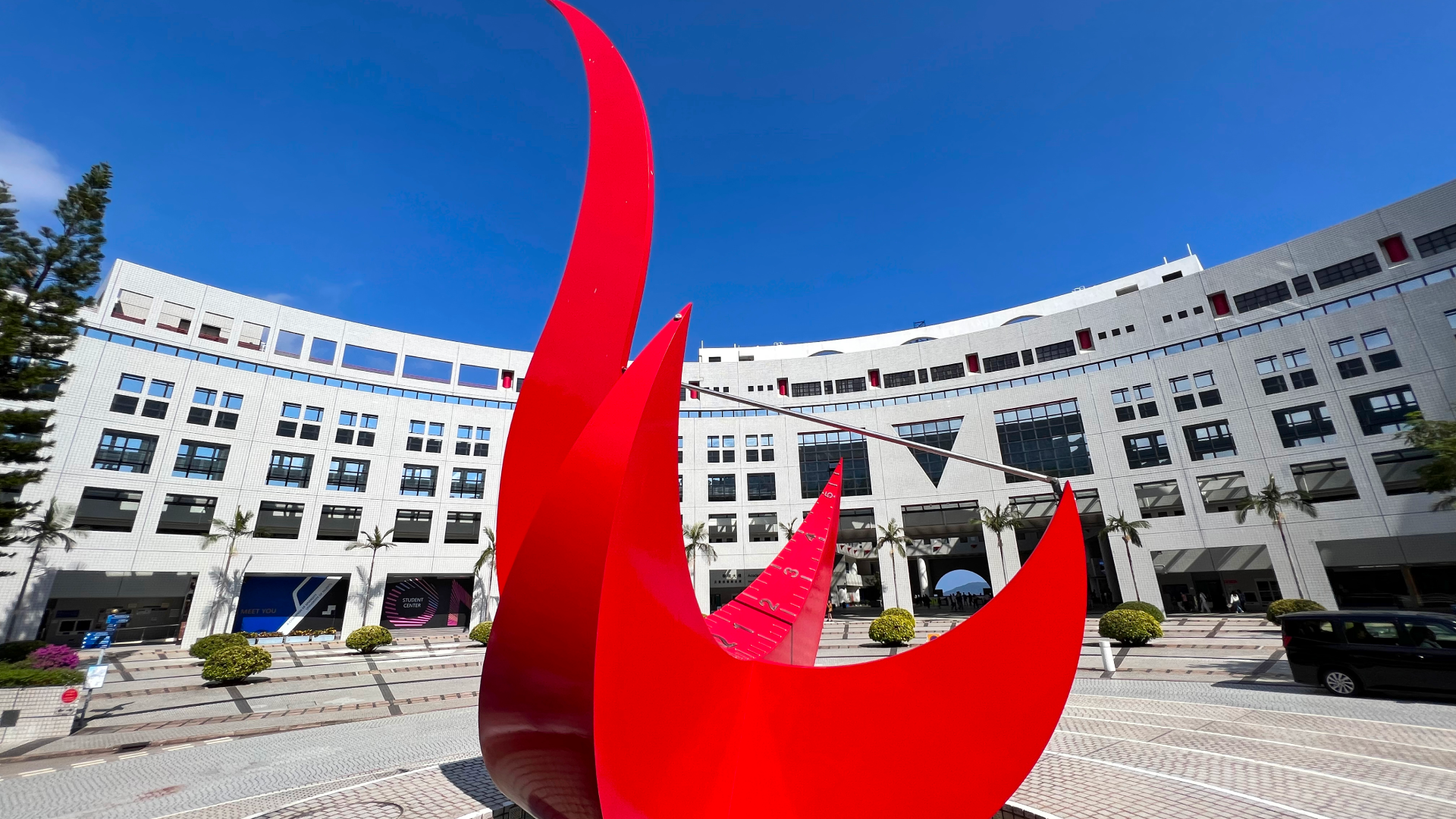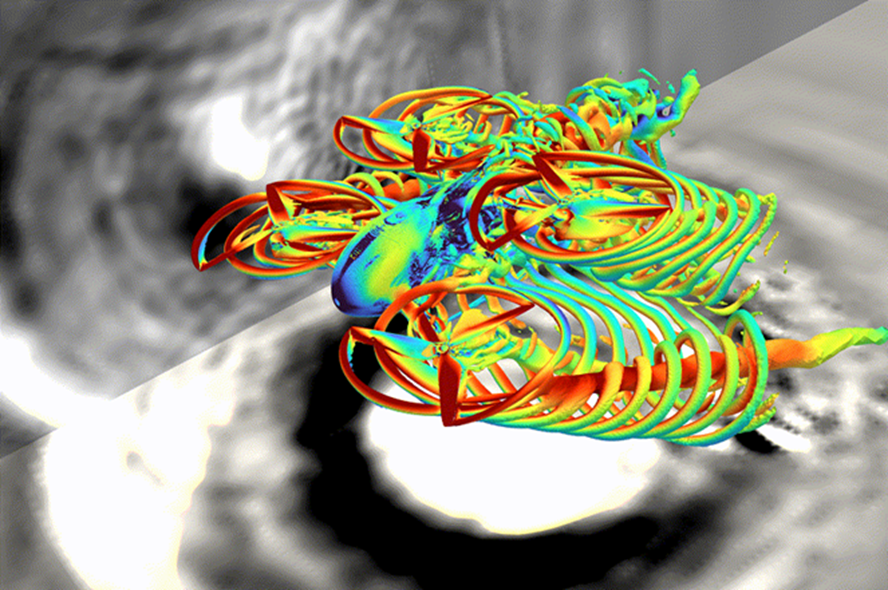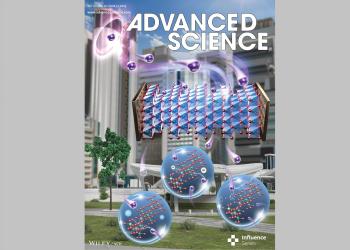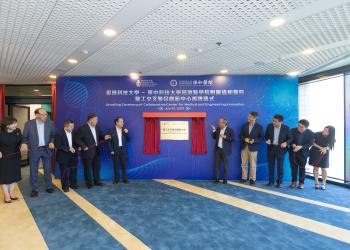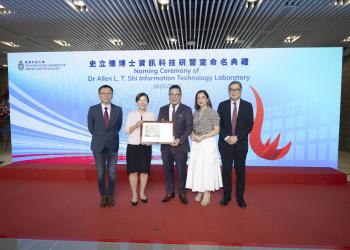Beyond the Buzz: Tuning Drone Tech for Quieter Skies and Safer Cities
The buzz surrounding drones and eVTOL vehicles signals an exciting future—faster deliveries, rapid medical aid, and efficient public services just over our heads. But as these technologies take flight, they face two critical challenges: noise pollution and public safety. Drone and eVTOL operation in low altitude airspace produce noise and face flight safety challenges in micro-weather and building wind environment.
Professor ZHANG Xin, Swire Professor of Aerospace Engineering, and Professor ZHOU Peng at The Hong Kong University of Science and Technology (HKUST) are leading efforts to overcome these issues. Combining cutting-edge research in aerospace engineering with practical solutions, their team is striving to ensure drones and eVOTL vehicles can integrate harmoniously into urban life.
“As drones become part of everyday life, we must address noise and flight safety concerns to gain public trust,” says Prof. Zhang. “We’re working to turn drones into truly urban-friendly companions.”
Why Noise and Safety Matter
While drones and eVTOL offer unprecedented opportunities, their operation in low altitude airspace comes with challenges. They produce sounds that can be intrusive and disruptive. For instance, doubling drone flights in an area can raise noise levels by around three decibels—a noticeable increase that impacts quality of life.
Safety is the other critical consideration. Drones navigating dense urban environments face unpredictable wind gusts and turbulence near buildings. These factors not only complicate flight stability but also amplify noise emissions.
“Urban areas are incredibly dynamic,” explains Prof. Zhou. “The risks are higher, and the public expects us to get it right.”
Compounding these challenges is the lack of guidelines, regulations and certification standards for drone noise and safety. This is where the team is stepping in, filling the gap with innovative research and solutions.
World-Class Facilities Composing Solutions
At HKUST’s Aerodynamics and Acoustics Facility (AAF) and Aerodynamics, Acoustics, and Noise Control Technology Centre (AANTC), Prof. Zhang leads a multidisciplinary team that blends acoustics, aerodynamics, and human-centered design—all empowered by self-developed, state-of-the-art facilities.

Key among these are a 2.5-meter quiet wind tunnel and an 8.1-meter anechoic (echo-free) chamber specially tailored for drone noise and aerodynamic testing. These tools allow the team to simulate real-world conditions and refine their solutions.
“We design and build unique facilities,” Prof. Zhang notes. “The University had the wisdom and vision to invest heavily in large facilities for noise and flight safety research and assessment ten years ago, before low-altitude economy and the challenges it brings came into public attention. It lets us build up our research strength in aeroacoustics and aerodynamics, in modelling, simulation and testing. We hope our research can lead to quieter and safer drone and eVTOL designs.”
The team also develops sophisticated proprietary software for simulating drone behaviour in urban settings. This allows researchers to model complex scenarios and test solutions virtually before real-world deployment.
Making Drones Quieter and Safer
Noise reduction has been a major focus for Prof. Zhang and Zhou’s team. Using advanced simulation and test capabilities, they are working on low noise rotor design, quiet operation and vehicle design.

Beyond hardware, the team is also pioneering noise-informed route planning. By using algorithms to simulate how sound travels within urban environments, they can map flight paths that minimize disruption to communities. Machine learning is being used to produce real-time simulation of noise impact on community.
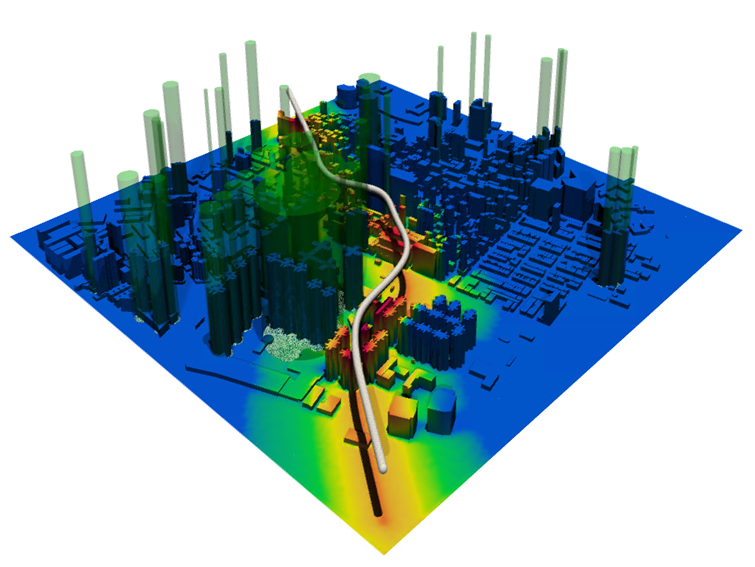
“Creating quieter drones isn’t simply about better blades or materials,” Prof. Zhang emphasizes. “It’s about understanding the urban soundscape and respecting it.”
Shaping Policy and Industry
The impact of the team’s research resonates beyond the lab. His team’s findings are providing the critical scientific backbone for establishing international noise standards and local regulations for urban drone operations. Their work directly addresses the regulatory gap, making sure public well-being is the top priority.
“Technology must serve society,” Prof. Zhang says. “Our goal is to ensure that drones enhance people’s lives, not disrupt them.”
This project underscores the power of HKUST’s collaborative approach. By fostering partnerships across academia, industry, and policymakers, researchers can tackle not just the technical hurdles but also gain the societal acceptance needed for success.
A Vision for Harmonious Urban Skies
For Profs. Zhang and Zhou, the work transcends technical breakthroughs; it is about creating a sustainable future for the low-altitude economy. Solving noise and safety concerns is essential to making drones and UAM vehicles a trusted part of urban life.
The team’s impactful work reflect HKUST’s commitment to pioneering solutions for global challenges and setting a global standard for responsible innovation.
Through their efforts, HKUST is charting a path to a future where drones fly quietly—welcome and embraced by the public. It is a vision of technology and society in perfect harmony.

